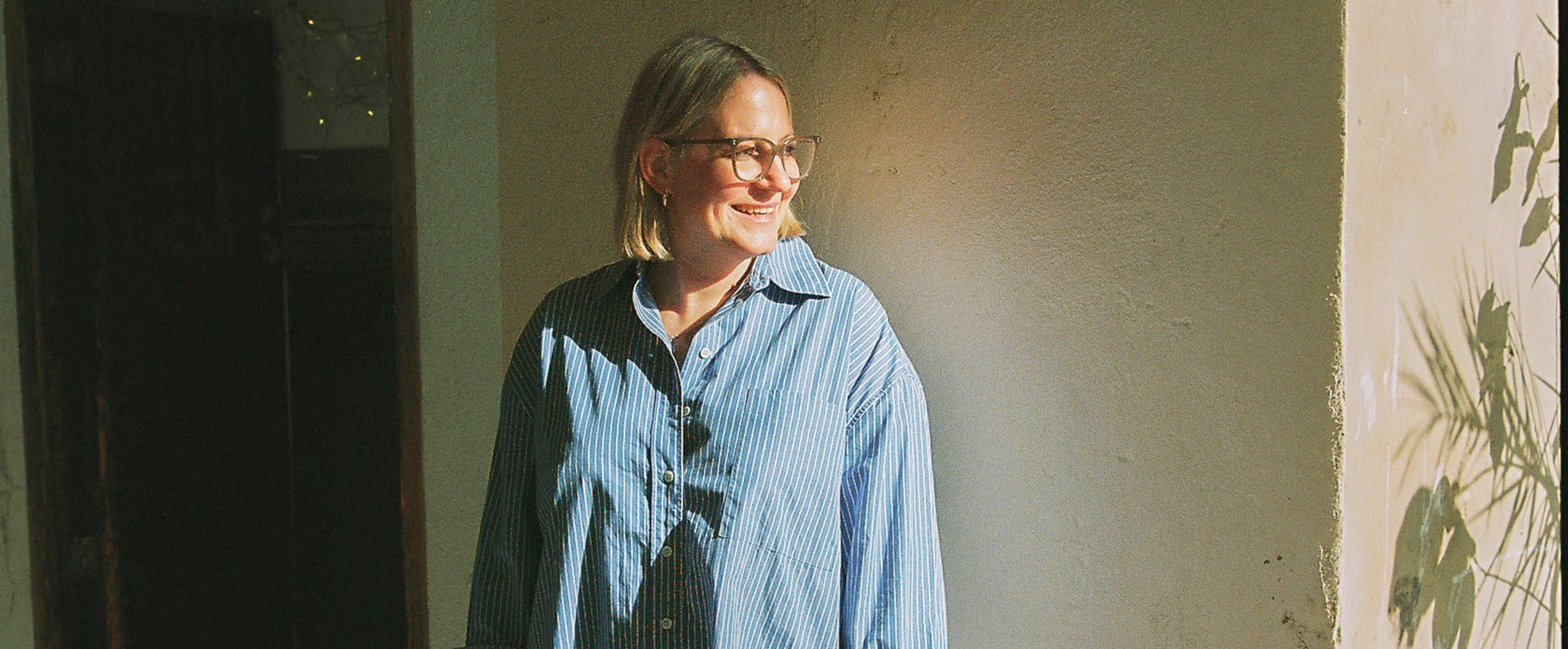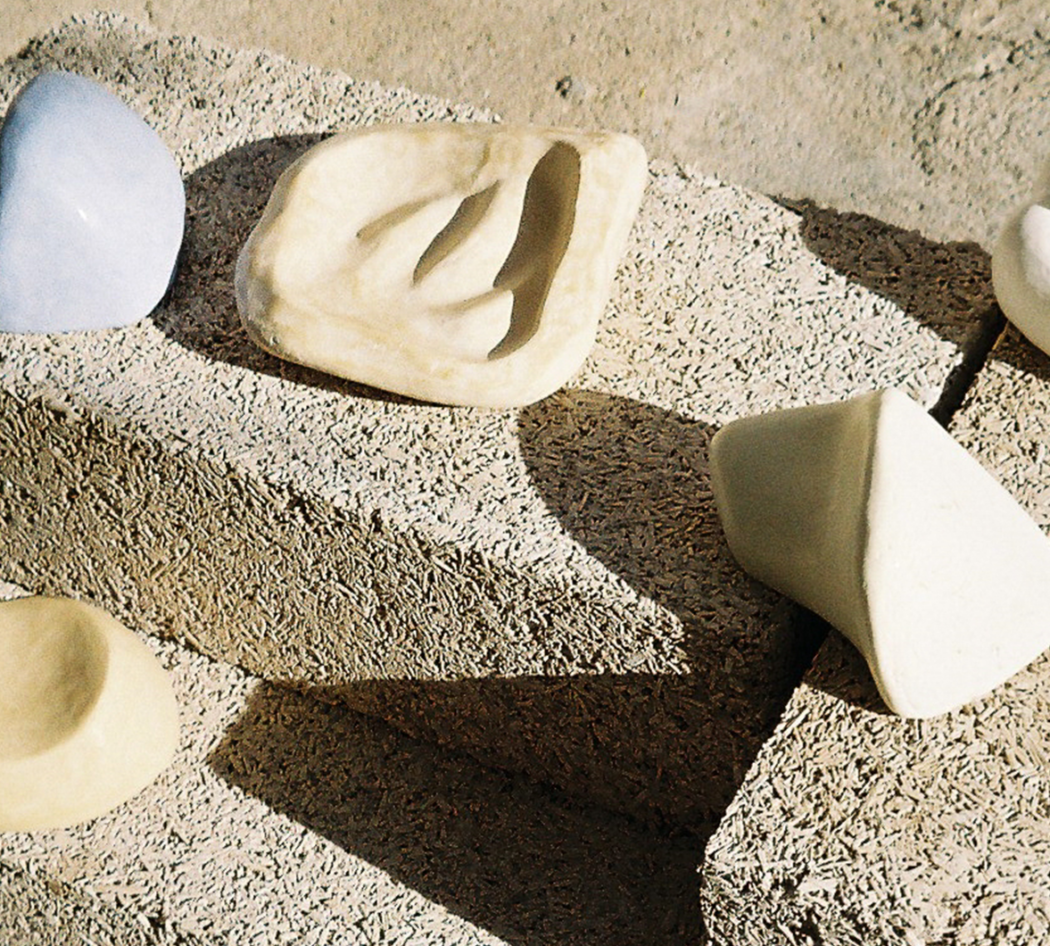From Construction to Craftsmanship
Belgian architect turned artist, Ellen Van den Broecke’s work seamlessly blends organic shapes, polished textures, and sustainable practice. A lover of history and restoration projects, Ellen’s career in architecture and construction introduced her to the unique material of hempcrete, an ecological building material made of hemp and lime. This discovery would create the backbone of the artist’s carbon-negative body of art objects – sculptures that pull you in with the dichotomy of their stonelike texture and organic curvatures.
Under her business “Slow Studio”, Ellen continues to expand her art practice nestled in Palma’s Old Town. Here the artist invites students to explore the boundless possibilities of hemp and lime. Her class reflects her central ethos – that ethical sourcing, intentional practice, and patience creates the most honest and beautiful art objects.
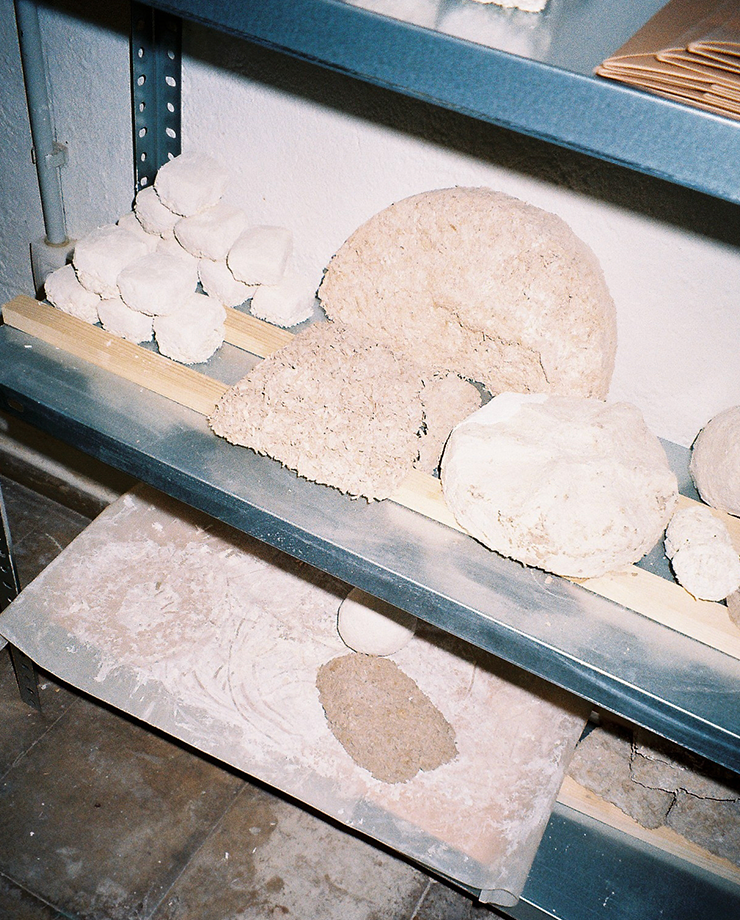
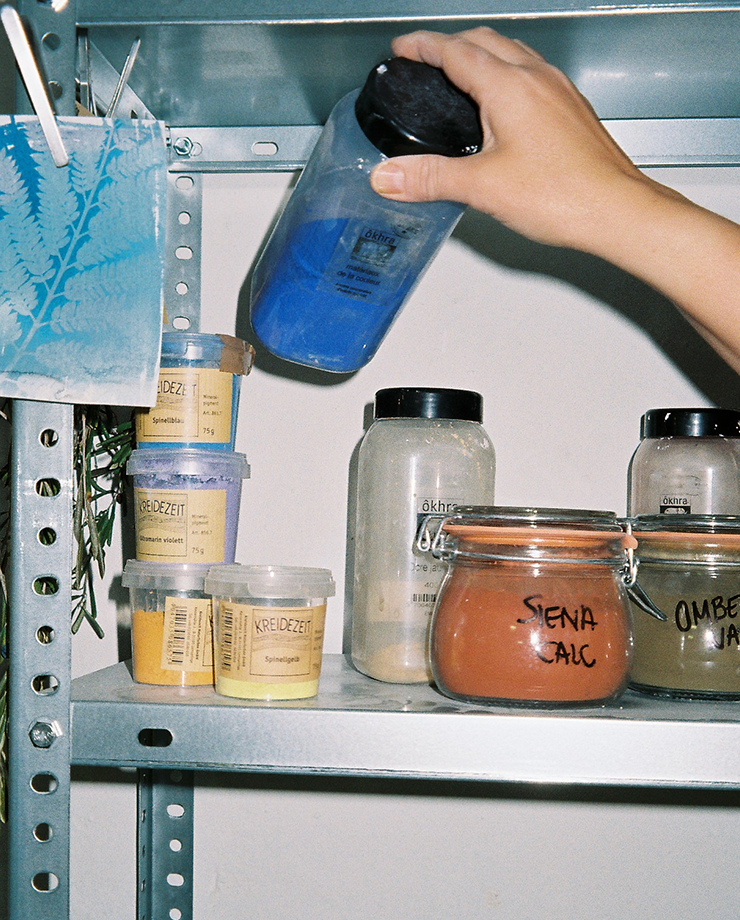
Hi Ellen, we are so excited to have you as dada-days’ freeform sculpture teacher. Tell us a bit about yourself.
My name is Ellen Van den Broecke and I was born in Ghent, Belgium, as the middle child between two brothers. Only six months ago, I moved to the island with my husband and two children, seeking a bit of adventure. After visiting several times on vacation, we grew curious about what it would be like to live here. Although the initial adjustment was a bit of a journey, things started falling into place after meeting some wonderful people and finding a small studio space in Palma, which I will be happy to show you during the workshops.
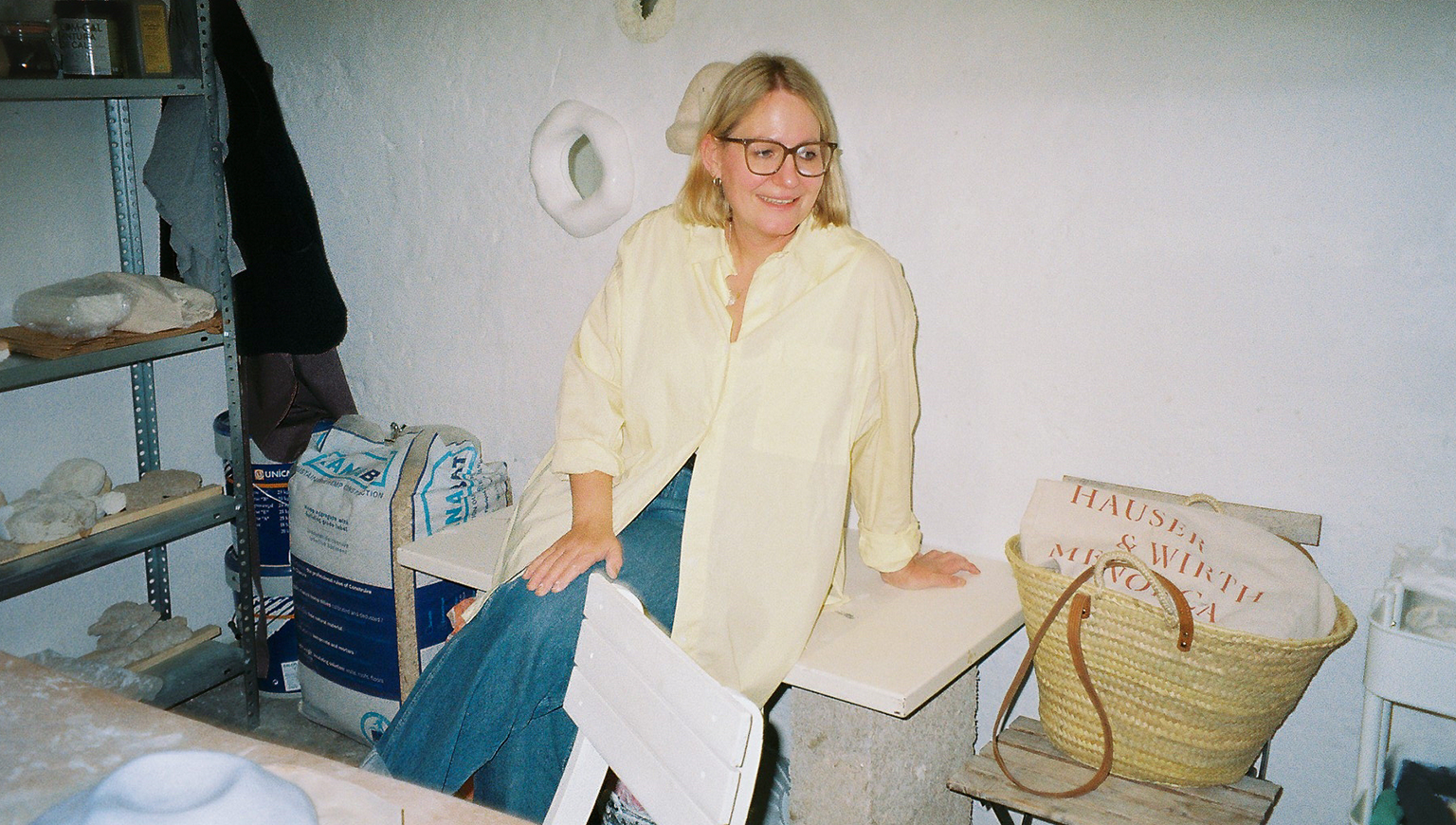
What’s your creative background and how did you first become interested in creating with hemp and lime?
As a child, I was constantly creating and drawing, with my happiest moments spent in craft shops, experimenting with various materials and mediums. Childhood is a time of boundless creativity, free from constraints, a feeling I sometimes find myself missing as an adult. At the age of 23, I got a degree in architecture and later a specialisation in restoration, fueled by my passion for history. I loved diving into archives, uncovering historical facts about buildings, and preserving heritage, which I believe is such a vital part of our collective story.
After spending several years working with different architects, I realized something was missing. I longed for the hands-on experience of creating bold concepts and crafting with my hands. When the opportunity arose to work on the practical side of construction, it felt like a perfect fit. I learned skills like applying lime plaster and preparing surfaces, all while immersing myself in natural building methods. During that time, I came across a book about hemp and discovered its incredible potential as a sustainable building material. This discovery inspired me to explore ways to integrate all this knowledge into a modern,
innovative approach of working with lime. My focus also became avoiding machinery—not just for sustainability reasons but also because, admittedly, I’m not great with them! Two years ago my story truly began when I created my first objects and sculptures out of hemp and lime. A year later, I took a leap of faith and launched my own small business: SLOW Studio was born.
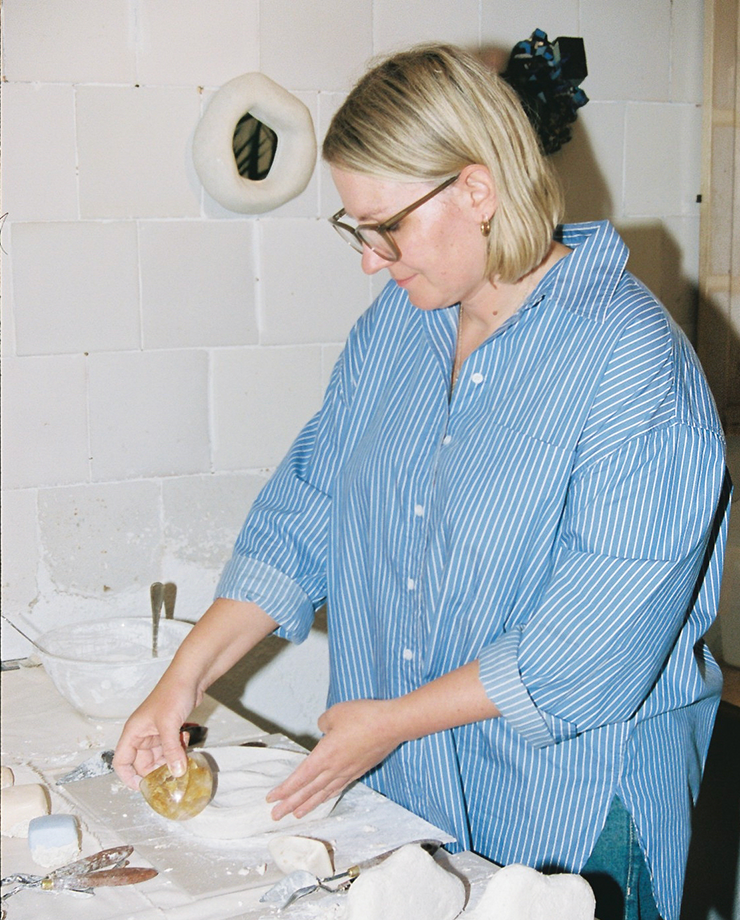
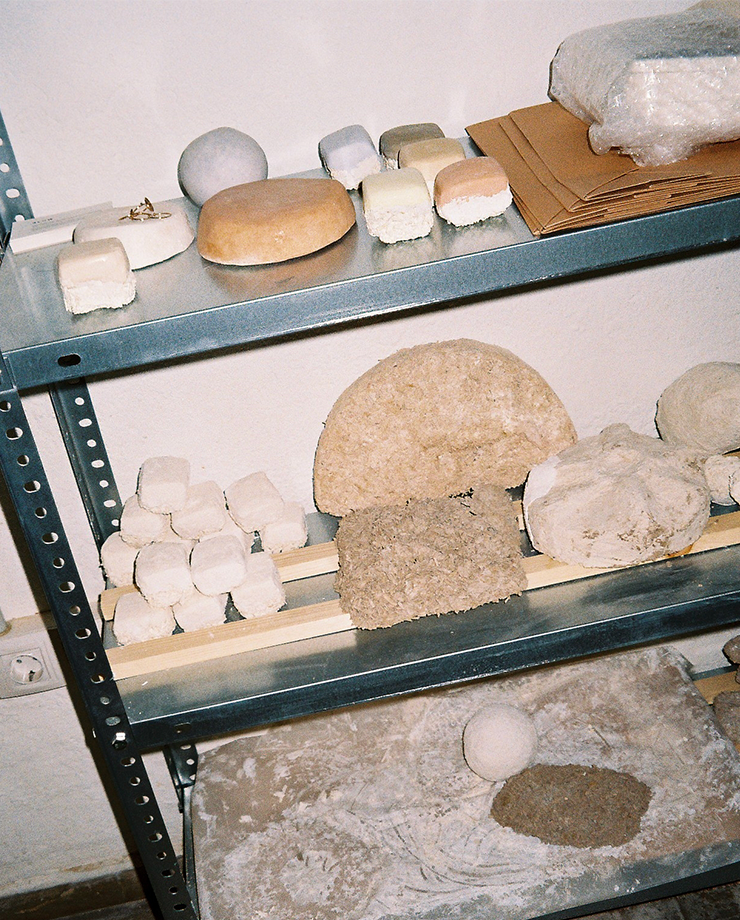
Your work heavily focuses on the use of natural materials and non-waste. What role does sustainability play in your creative process?
Sustainability plays a central role in my studio, especially given my background as an architect. Working in construction has made me aware of the significant environmental impact of many materials we use—not just in terms of waste, but also the emissions generated during production. This realization has pushed me to reflect deeply on my material choices. That’s why I started working with hemp. Its benefits are remarkable: it grows incredibly fast without the need for pesticides and absorbs more CO2 than an equivalent area of forest. Even lime, as it petrifies, contributes to this process. For these reasons, I refer to my creations as carbon-negative objects.
Although my personal contribution through the use of these materials may be small, my goal is to raise awareness, expand knowledge about hemp, and give this incredible material a more meaningful purpose. In keeping with this ethos, I avoid using energy during production—everything is air-dried naturally. I am a strong believer that sustainable practices can create beautiful objects
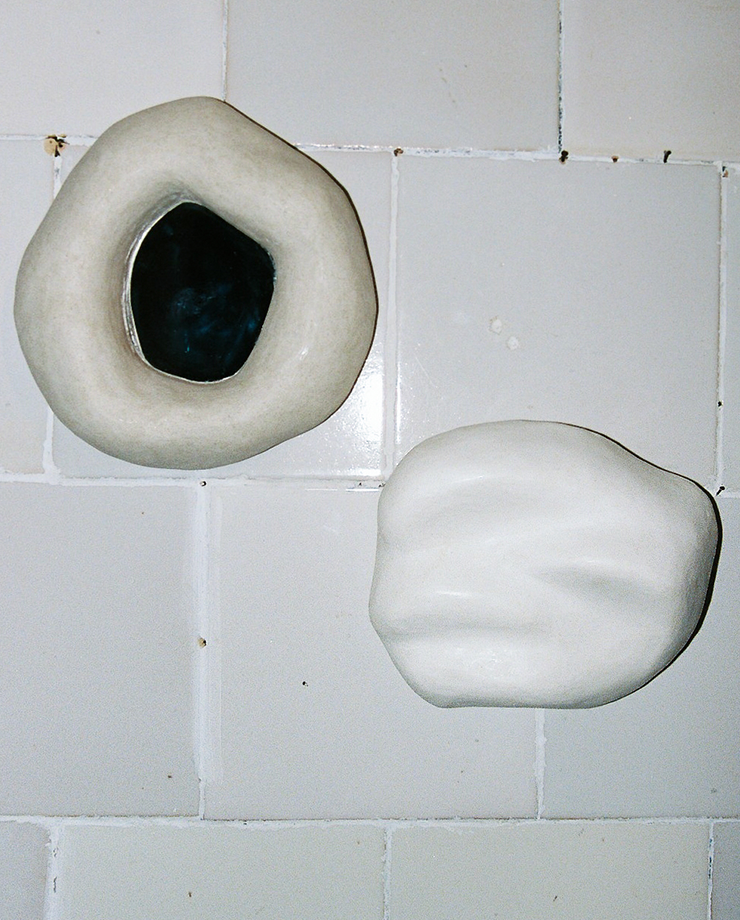
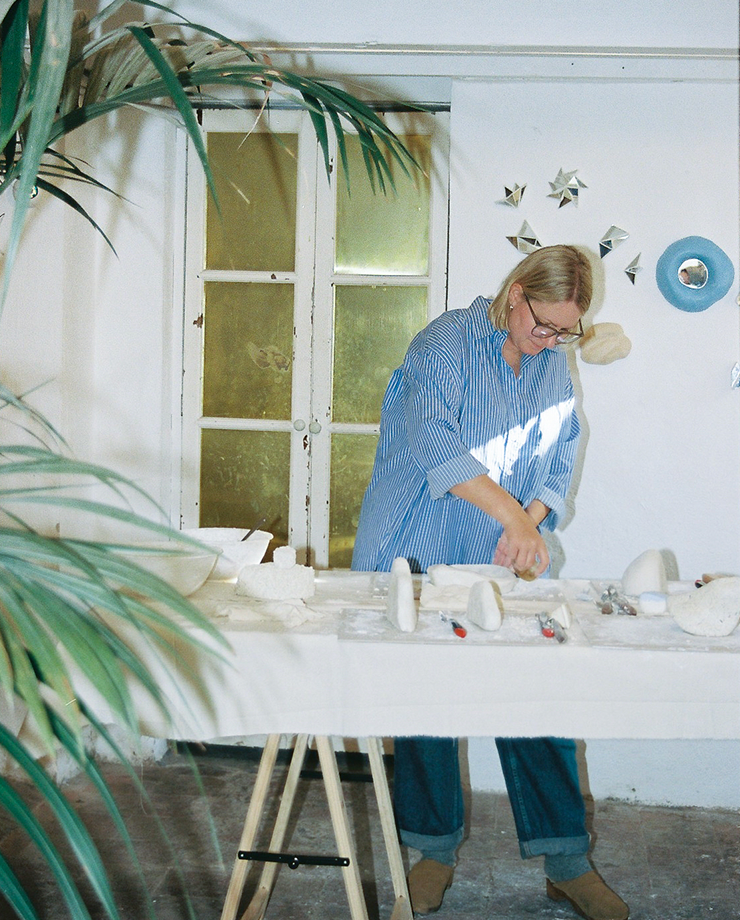
During your workshop, you emphasize the slow and intentional process behind sculpture making. Why do you think it is important to practice patience through slow creativity?
Everyday life often feels like a race against the clock, with everything tied to deadlines. Having two children has shown me just how quickly time flies, reminding me to cherish and fully enjoy each moment. Applying lime plaster, for example, requires patience and calm; it’s a process that cannot be rushed. Once you begin, you must see it through to completion. As the material starts to dry, you have to find the perfect timing for starting to polish. This layered process allows time for reflection and a deeper connection with the material. It’s slow and intentional, offering a quiet rhythm that contrasts with the rush of daily life. Its process is very satisfying; the most rewarding part for me is polishing the final layer of lime. The more you polish, the shinier it becomes and practicing this ancient technique, using a stone, makes it a very meditative experience.
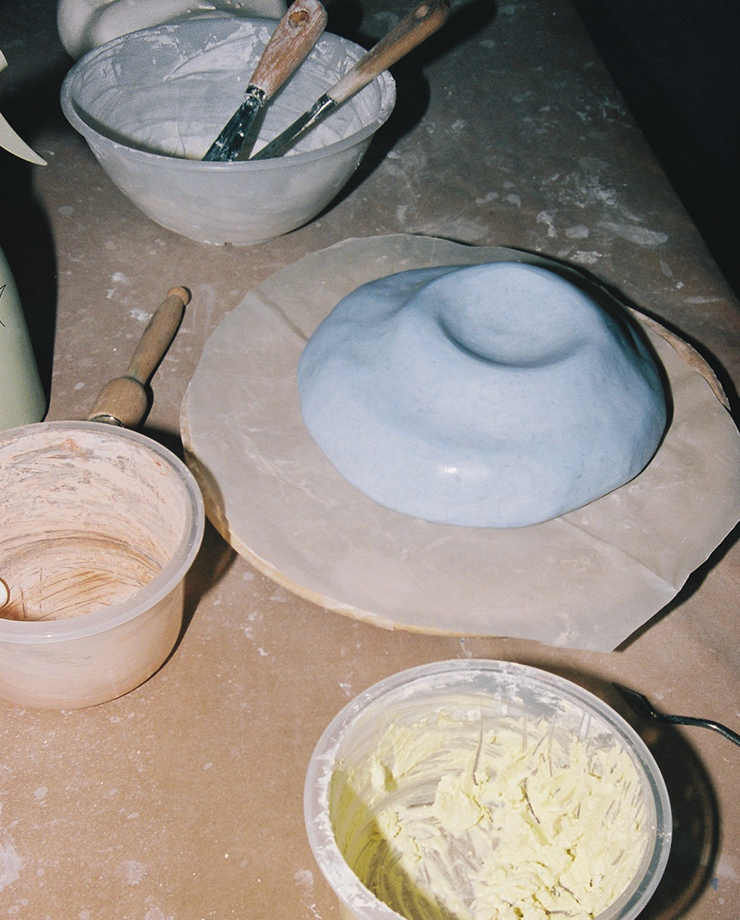
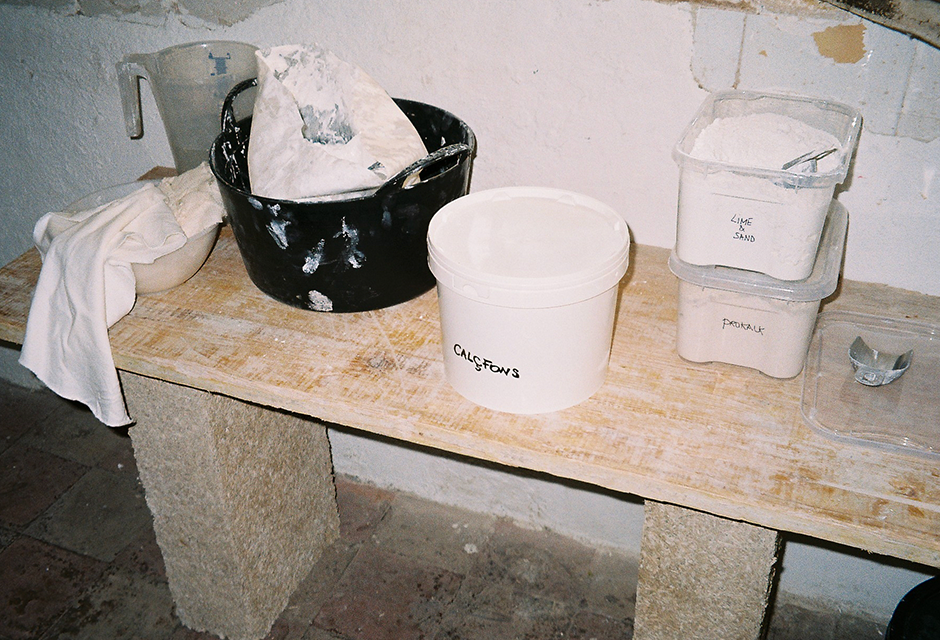
What do you hope students take away from their experience in your workshop?
I hope participants can take some time for themselves, slow down, and spark their curiosity about natural materials and the versatility of this unique building material. It’s about learning how to create something, but more importantly, enjoying every moment of the process. Lime plaster is such an honest natural material to work with that once the objects are finished, they seamlessly fit into any interior. Every now and then, giving it a little care—whether by rubbing it with some natural soap or simply warming it with your hand—will serve as a lasting reminder of the experience.
How would you describe the creative energy in Mallorca compared to Belgium? Do you feel that the island’s atmosphere or pace of life has given you new ideas or allowed you to develop your work in different directions?
It’s a completely different experience. Connecting with people on the island feels easier due to the strong sense of creativity here. The island’s unique rhythm is so distinct from that of Belgium. Spending more time in nature and outdoors has given me renewed energy and inspiration for my work. Without even realizing it, I have been using softer colors in my work, which are subtly inspired by the tranquil atmosphere and natural beauty of the island. I have even sourced all my materials from a local lime factory. Additionally, having this great studio in Palma has helped me become more visible within the local Community.
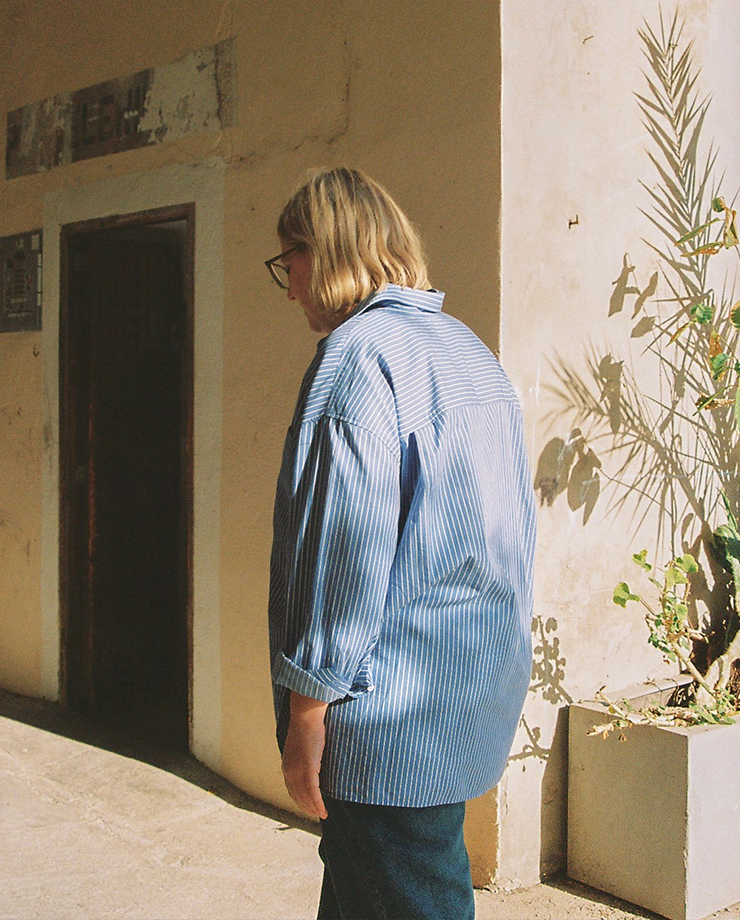
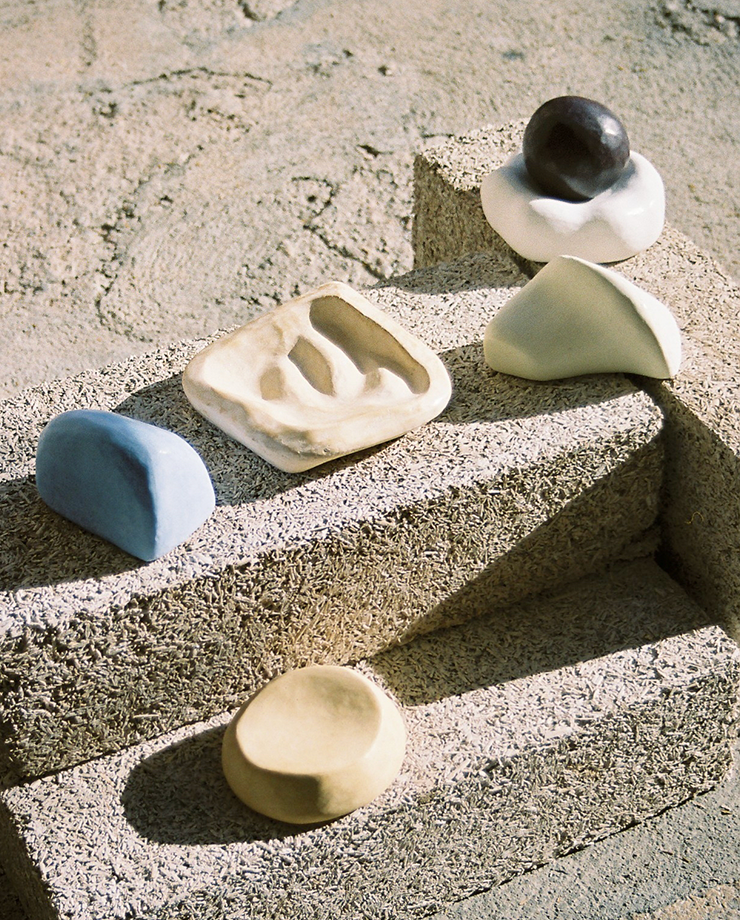
All Classes by Ellen Van den Broecke
-
Sculpture Art Sculptural Objects of Hemp & Lime Ellen Van den Broecke
Polished lime plaster is a favored medium amongst architects and interior designers for creating colourful, smooth interior finishes. Join Ellen Van den Broecke in the meditative process of smoothing and polishing lime with natural pigments, creating a unique jewelry plate, bookend, or totem of ecological design. Immerse yourself in the boundless creative world of hemp and lime.
Palma, 98€
English
Learn More
